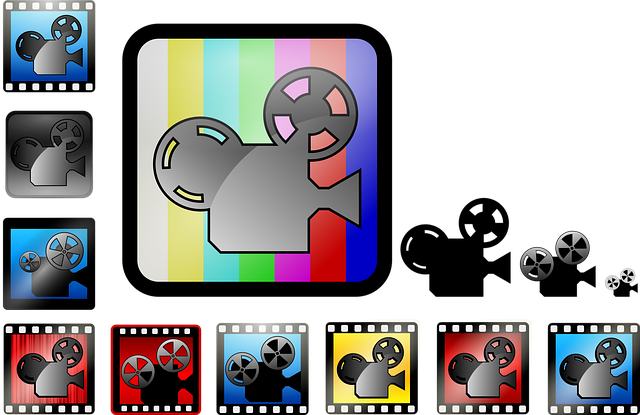
Make audiovisual translation a part of your professional communication tools
Audiovisual content
Video is becoming more and more important today.
In 2019, 80% of the global web traffic comes from video content. We have seen such media explosion thanks to the development of technology, and to streaming video companies which offer content on demand all over the world. And new audiovisual content is created every day to meet to the growing demand of viewers.
Even if their primary role is to be viewed, audiovisual content is made to be both heard (audio) and seen (visual).
Video is important for your communication strategy, especially for your international development. It creates a close relationship with your target, and is deemed to be more dynamic, more playful and easier to remember than other formats.
For this, you must therefore look to « Audiovisual translation».
Audiovisual translation
Audiovisual translation refers to the transfer of verbal elements of an audiovisual work or a product, from one language to another. TV programs, feature-length films, web pages, video games, or even musicals, theatrical performances, are part of the wide range of audiovisual products that require translation. The two main modes of audiovisual translation are dubbing and subtitling.
It is a very good idea to showcase your services to your customers abroad through a video, to translate it and even to include subtitles. But if you rely on your remote cousin’s services because he spent two months on the Côte d’Azur last year and he is computer savvy, and also because you want to reduce your expenses, you may submit content that’s of poor quality which, instead of serving your professional interests will be harmful to your image.
Whether you opt for dubbing or subtitling, it is essential to entrust this work to a professional.
Dubbing
Dubbing replaces the original soundtrack with a soundtrack which has been translated into the target language and actors record a new soundtrack in the target language. This allows the viewer to focus solely on the film without risking to be distracted by the presence of subtitles at the bottom of the screen. This technique was developed in the 1930s, with the onset of the first sound films. It is the most widespread form of audiovisual translation in some countries for historical or even political reasons (under certain dictatorships, in particular, because it allowed the leaders of that day to change dialogs, so as to promote « higher moral values ».
Dubbing may prove to be the best option in the case of: persons with a disability that makes their reading subtitles difficult, with children, or even elderly people. Taking into consideration your target audience will also help you to choose the type of audiovisual translation which is the most appropriate.
This process involves a large number of professionals including actors or dubbers, dubbing directors, sound engineers, etc, and it is therefore complex and expensive. On the other hand, translators must pay attention to the movements of the mouth so that the translated script follows as closely are possible. That being said, there is no good or bad choice as to your preferred form of audiovisual translation because several criteria must be considered, including your budget or the purpose of the video.
Subtitling
Subtitling is a much cheaper option than dubbing, because it does not require the intervention of an actor or the use of a recording room. Subtitling consists in incorporating a written text to the screen (subtitles once translated into the target language). They must match approximately with the dialog of actors, and only to what is said in the video in a summary manner which makes reading easier. It is very common today, even if there are many middlemen between the translator and the channel. Research also shows that subtitles prove to be beneficial for language learning.
On the other hand, subtitles may absorb the viewer’s entire attention, who focuses on the text instead of the film and sometimes can lose some important elements, like for example the movements of the characters. Subtitling must meet some specific technical characteristics as well as certain language rules. Subtitles should usually appear at the bottom of the screen, on two lines maximum, with a specific number of characters by lines, and for a preset period of time. Average reading speed differs from person to person. The subtitles must therefore remain sufficiently visible on the screen so as to allow them to be read, but they must also disappear as naturally as possible, otherwise words and images might overlap. Ideally, the viewer must not realize that he/she is reading. Subtitles are sometimes adapted to a particular audience (as the deaf and hard of hearing people). And their use is also subject to some general language rules, such as capital letters (for titles, for instance, or for a written text which appears on the screen…), the use of italics (the voice of a character who does not appear on screen, for example, or songs…), the use of dashes for dialogs, etc… They are subject to two major constraints (the space occupied on screen, as well as time), and they must comply, in any case, with a number of conventions and best practices.
The translation of audiovisual content is a highly complex task, and some errors can have irredeemable consequences, particularly with uncontrolled sub-contracting as is much the case, unfortunately today, in the film industry.
Hence the importance – as for any other type of translation, of entrusting a professional with the work.
Partager sur Facebook Partager sur LinkedIn